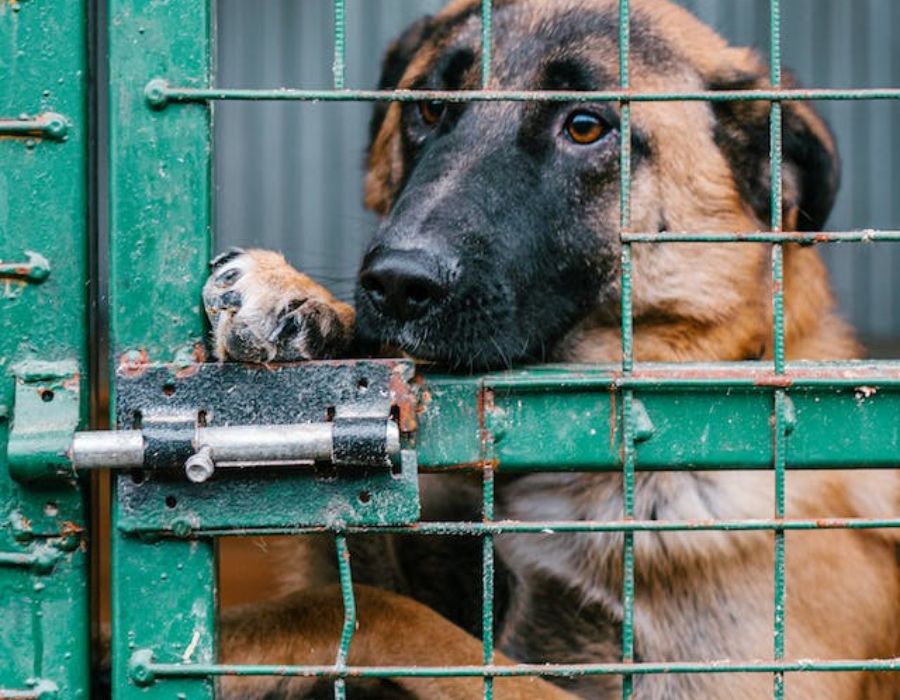When contemplating the care and well-being of our canine companions, one pressing question emerges: Is getting a dog high considered animal cruelty? At first glance, this inquiry might appear straightforward, but it unravels complexities that warrant thorough examination. Responsible pet ownership mandates that we delve deeply into the intersection of recreational substances and animal welfare.
To embark on this exploration, we must first define what it means to “get a dog high.” This generally refers to administering psychoactive substances, be they marijuana, alcohol, or other intoxicants, to a dog. Although some pet owners might think it harmless fun, the legal and ethical implications of such actions require scrutiny.
Dog owners often harbor the misconception that canines, being non-human, might enjoy the effects of intoxication similarly to humans. However, this line of thinking overlooks the significant physiological and psychological differences between species. Dogs are not designed to process certain substances found in many human drugs. For instance, the main compound in marijuana, THC, is particularly toxic to dogs, leading to severe physiological reactions, including lethargy, disorientation, and in extreme cases, death.
The crux of the issue lies in the legality and ethical responsibility of pet ownership. In many jurisdictions, animal cruelty laws encompass a wide spectrum of harmful behaviors towards pets, including neglecting their health and well-being. Introduced substances like drugs not only pose potential harm but can also infringe on a dog’s fundamental right to a safe and healthy existence. The question then becomes: If a dog suffers, even indirectly, from substance administration, does it constitute cruelty?
Legislation varies globally, yet many regions contain stringent provisions against animal cruelty that can be applied to the act of getting a dog high. For example, several states have enacted laws that explicitly prevent owners from exposing their pets to harmful substances. These laws are structured to protect animals from physical and psychological harm, imposing penalties ranging from fines to imprisonment for violators. Thus, exposing a dog to intoxicating substances may lead to legal repercussions, depending on the jurisdiction’s stance on animal welfare.
Legal frameworks are not merely punitive; they reflect evolving societal values regarding animal rights and protection. Over the last few decades, public perception of animal welfare has undergone a significant transformation. Increasingly, society recognizes that animals are sentient beings capable of experiencing pain, pleasure, and suffering. This recognition fuels demands for stricter regulations against any actions — including drug use — that may compromise an animal’s health.
Moreover, ethical considerations arm individuals with the awareness that engaging in such practices is a disservice to their pets. Ethically, pet owners are bound to ensure their furry friends live in safe and nurturing environments. Inflicting intoxication undermines this fundamental duty, engendering a host of moral dilemmas. The act of getting a dog high, whether intentional or not, raises questions about the owner’s commitment to responsible stewardship of their furry companion.
Furthermore, the adverse effects of giving a dog drugs extend beyond immediate health crises; they can have long-lasting impacts on the animal’s behavior and mental state. Dogs that experience the disorienting effects of substances like THC may develop anxiety or aversion towards certain stimuli, resulting in behavioral issues that can affect their quality of life and, consequently, the relationship they share with their owners.
Concurrently, veterinarians and animal welfare organizations advocate for education surrounding this pressing issue. Many owners may simply be uninformed about the severe effects of intoxicating pets. Thus, it is crucial to disseminate knowledge about the risks of administering drugs to dogs and the legal ramifications associated with such actions. Outreach programs, seminars, and community initiatives can play a pivotal role in transforming public understanding and awareness regarding animal welfare.
In the realm of animal rights discussion, the parallels drawn with other forms of cruelty can aid in framing this conversation. For example, just as leaving a dog in extreme weather conditions would likely be classified as neglect, so too can exposing a dog to harmful substances be seen as a violation of their basic needs. The legal edifice surrounding animal welfare serves to protect these vulnerable beings, and engagement in harmful practices can reflect broader societal issues related to responsibility and ethics.
The importance of fostering a compassionate relationship between humans and animals cannot be understated. Owning a pet is a profound commitment that extends beyond affection and companionship; it demands a pledge to prioritize their health and welfare. Therefore, navigating the waters of substance use regarding pets necessitates introspection about intentions and consequences.
Ultimately, to answer the initial query: yes, getting a dog high can be considered animal cruelty under certain legal standards and ethical considerations. By engaging in actions that compromise a dog’s well-being, owners risk not only their pet’s health but also their standing within a society increasingly determined to safeguard animal rights. Thus, as stewards of the animal companions we cherish, it is our collective responsibility to reject such harmful ideas and ensure that our canine friends lead happy, healthy lives free from unnecessary risks.








